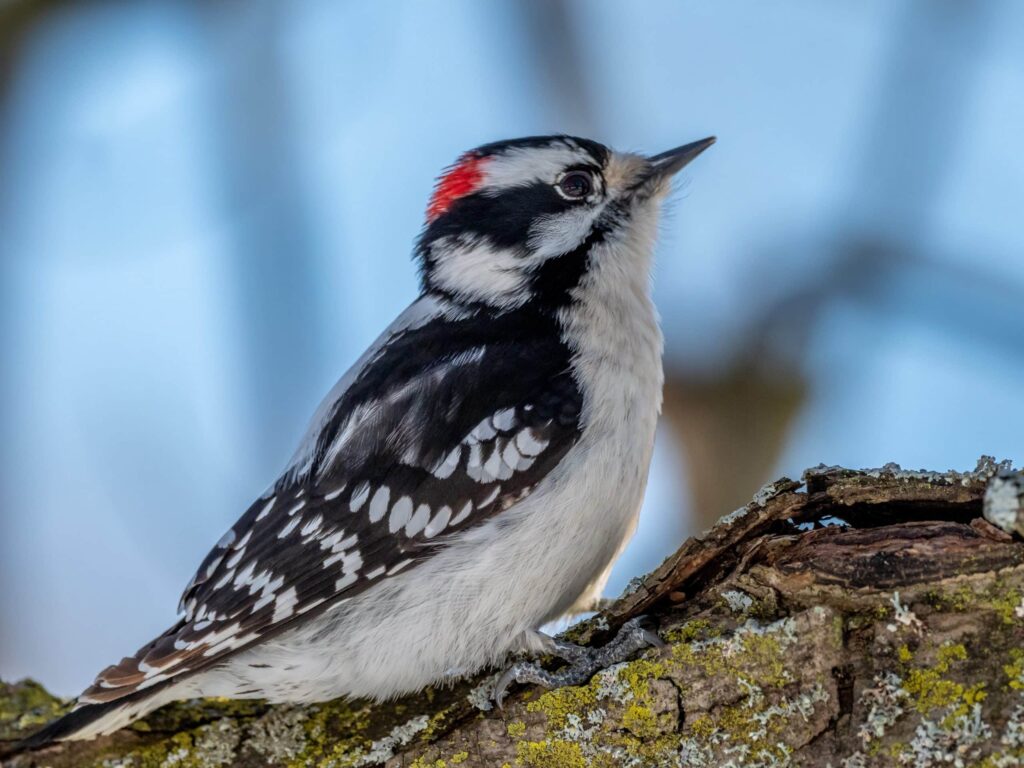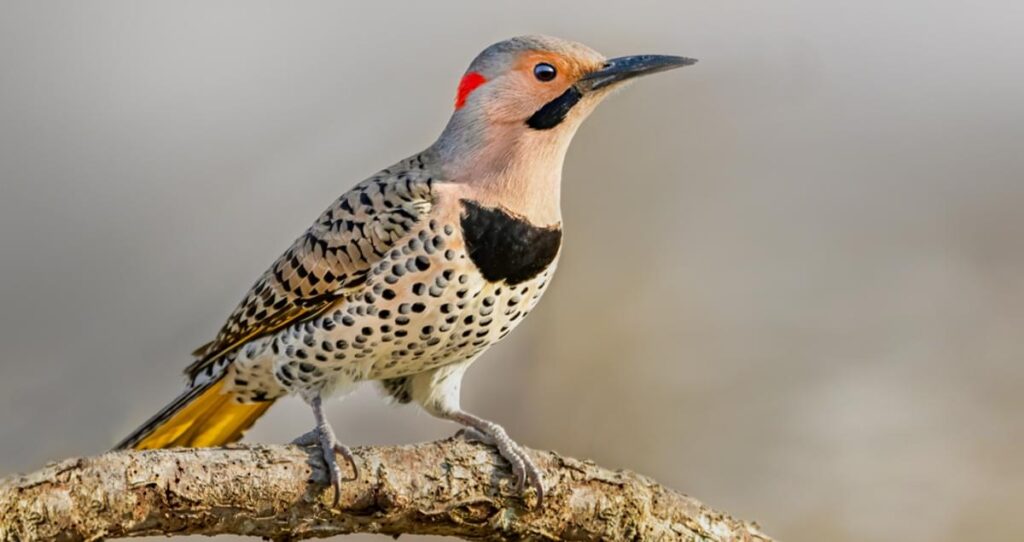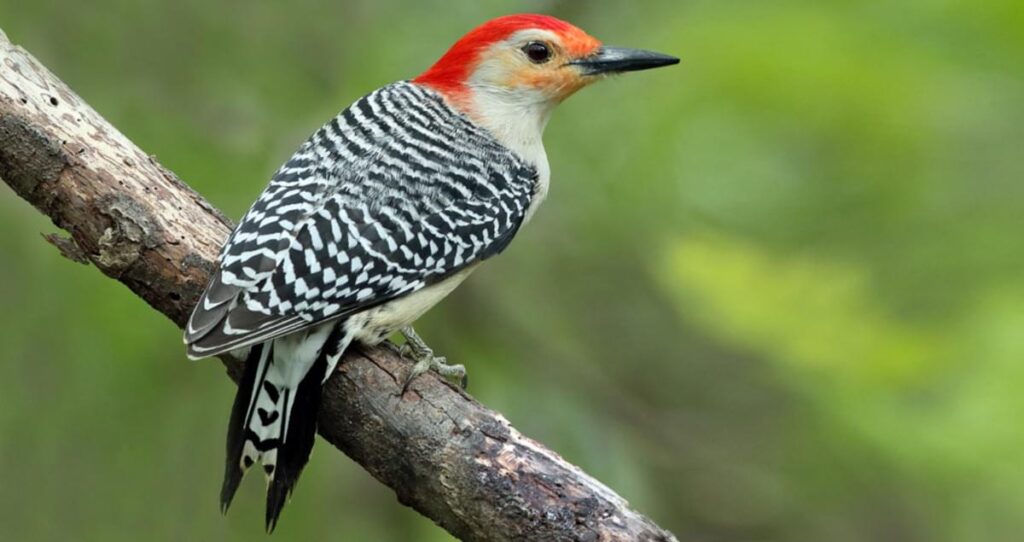Woodpeckers are nature’s percussionists, knocking on trees and creating rhythmic sounds that resonate through forests and backyards alike. These fascinating birds are known for their unique behaviors, stunning appearances, and valuable role in maintaining ecosystem health. Whether you’re an avid birdwatcher, a nature enthusiast, or simply curious about these charismatic creatures, this guide will help you understand the charm and importance of woodpeckers.
Here, you’ll discover the top five woodpecker species, their unique characteristics, and why they play a critical role in preserving biodiversity.
Understanding Woodpecker Diversity
Globally, there are over 240 species of woodpeckers, ranging from the tiny Piculets to the large and striking Pileated Woodpeckers. These birds are found on every continent except Australia and Antarctica, showcasing incredible habitat adaptability.
Geographical Distribution and Habitat Preferences
Different factors influence woodpecker species’ diversity, including climate, availability of food, and the presence of suitable nesting sites. While some woodpeckers thrive in dense forests, others can be found in suburban backyards, farmlands, and even deserts.
Their ability to adapt to various environments contributes not only to their survival but also to how we, as humans, perceive and appreciate them within our local ecosystems.
Top 5 Popular Woodpecker Species
1. The Downy Woodpecker

The Downy Woodpecker is one of the smallest and most common woodpecker species in North America.
Appearance and Size:
The Downy Woodpecker has a distinct black-and-white checkered pattern on its wings, with a white belly and a red patch on the male’s nape. Measuring about 6 to 7 inches, they’re easy to spot and identify.
Habitat and Diet:
They love forests, orchards, and even urban parks. Their diet consists of insects, seeds, and berries, often foraging on tree bark for hidden treats.
Unique Behaviors and Nesting Habits:
Downy Woodpeckers are migratory and often seen climbing tree trunks in search of food. They nest in tree cavities, meticulously carved by pecking—not just for housing but also as a way of marking territory.
2. The Hairy Woodpecker

Often confused with the Downy Woodpecker, the Hairy Woodpecker is like its larger, shyer cousin.
Key Differences:
While they have similar patterns, the Hairy Woodpecker is larger (about 9-10 inches) and has a more pronounced bill, nearly as long as its head.
Habitat and Diet:
Hairy Woodpeckers prefer mature forests, especially with tall trees and deadwood. Their diet overlaps with the Downy, but they rely more heavily on bark-dwelling insects and grubs.
Conservation Status and Threats:
Thankfully, populations are stable. However, deforestation and habitat fragmentation remain a concern.
3. The Northern Flicker

The Northern Flicker is a woodpecker with flair, standing out with its vibrant colors and unique habits.
Appearance and Subspecies:
Unlike the typical black-and-white woodpecker look, flickers come in shades of brown with black spots, a red nape, and bright yellow or red underwings depending on the subspecies.
Habitat and Diet:
They are found in open woodlands, fields, and even urban areas. What sets them apart is their love for ants, which they occasionally hunt on the ground, unlike most woodpeckers.
Breeding and Nesting Behavior:
Their loud, ringing call and impressive drumming are often heard during mating season. They use these sounds to establish territory and attract mates.
4. The Pileated Woodpecker

This striking species is the largest woodpecker in North America and is often considered the inspiration for the famous cartoon character “Woody Woodpecker.”
Size and Appearance:
The Pileated Woodpecker is unmistakable with its vibrant red crest, long neck, and black body accented by white underwing stripes. Their size can reach up to 19 inches, making it a true standout in the bird world.
Primary Food Sources:
Pileated Woodpeckers depend on large, old trees where they hunt for carpenter ants, termites, and other insects hidden within decaying wood. They also enjoy fruits and nuts.
Role in Forest Ecosystems:
By pecking holes in search of food, they create nesting cavities for species like owls and mammals, showcasing their importance as a keystone species.
5. The Red-Bellied Woodpecker

Don’t be misled by the name; the Red-Bellied Woodpecker’s most striking feature is its red cap and nape, not its subtly red-tinted belly.
Appearance:
This medium-sized woodpecker measures about 10 inches and displays a black-and-white barred back and wings.
Adaptability:
Unlike other woodpeckers, the Red-Bellied Woodpecker has successfully colonized urban and suburban areas, often visiting backyard feeders.
Communication and Social Habits:
They use a wide variety of calls and drumming patterns to communicate. They’re also known for caching food in crevices for later consumption.
Ecological Importance of Woodpeckers
Woodpeckers are crucial for maintaining forest health. By foraging for bark-dwelling insects, they help control pest populations. Their nesting cavities serve as shelters for other wildlife, while their drumming sounds contribute to ecological communication within forest ecosystems.
Conservation Efforts and Challenges
While many woodpecker species remain stable, some face challenges due to habitat destruction and deforestation. Conserving old-growth forests and planting native trees can help secure their future. Organizations like the National Audubon Society play a vital role in protecting woodpecker habitats.
Attract Woodpeckers to Your Backyard
Want to bring the charm of woodpeckers closer to home? Here’s how to create a woodpecker-friendly habitat in your backyard:
- Plant native trees like oak, pine, or maple.
- Offer suet, nuts, and fruits in specialized feeders.
- Keep dead trees or snags intact as natural perches and nesting sites.
By making your garden a haven for woodpeckers, you’ll not only enjoy their company but also contribute to their conservation.
FAQ Section
What attracts woodpeckers to certain areas?
Woodpeckers are attracted to areas with an abundance of food, like insects and berries, tall trees for nesting, and plenty of perches for drumming.
How do woodpeckers communicate?
They use a combination of calls, vocalizations, and drumming (pecking on wood or metal) to communicate territory, mating intentions, or danger.
Are woodpeckers harmful to trees?
Not usually. When woodpeckers peck at trees, it’s often to remove harmful insects. However, excessive damage can occasionally occur.
Celebrate the Wonders of Woodpeckers
Woodpeckers aren’t just stunning birds to observe but are also crucial for the ecosystems they inhabit. By fostering appreciation and taking proactive conservation measures, we can ensure these birds continue to thrive.
Take a walk in your local park or forest and listen for their signature drumming. You might just spot one of the remarkable species we’ve covered today.


